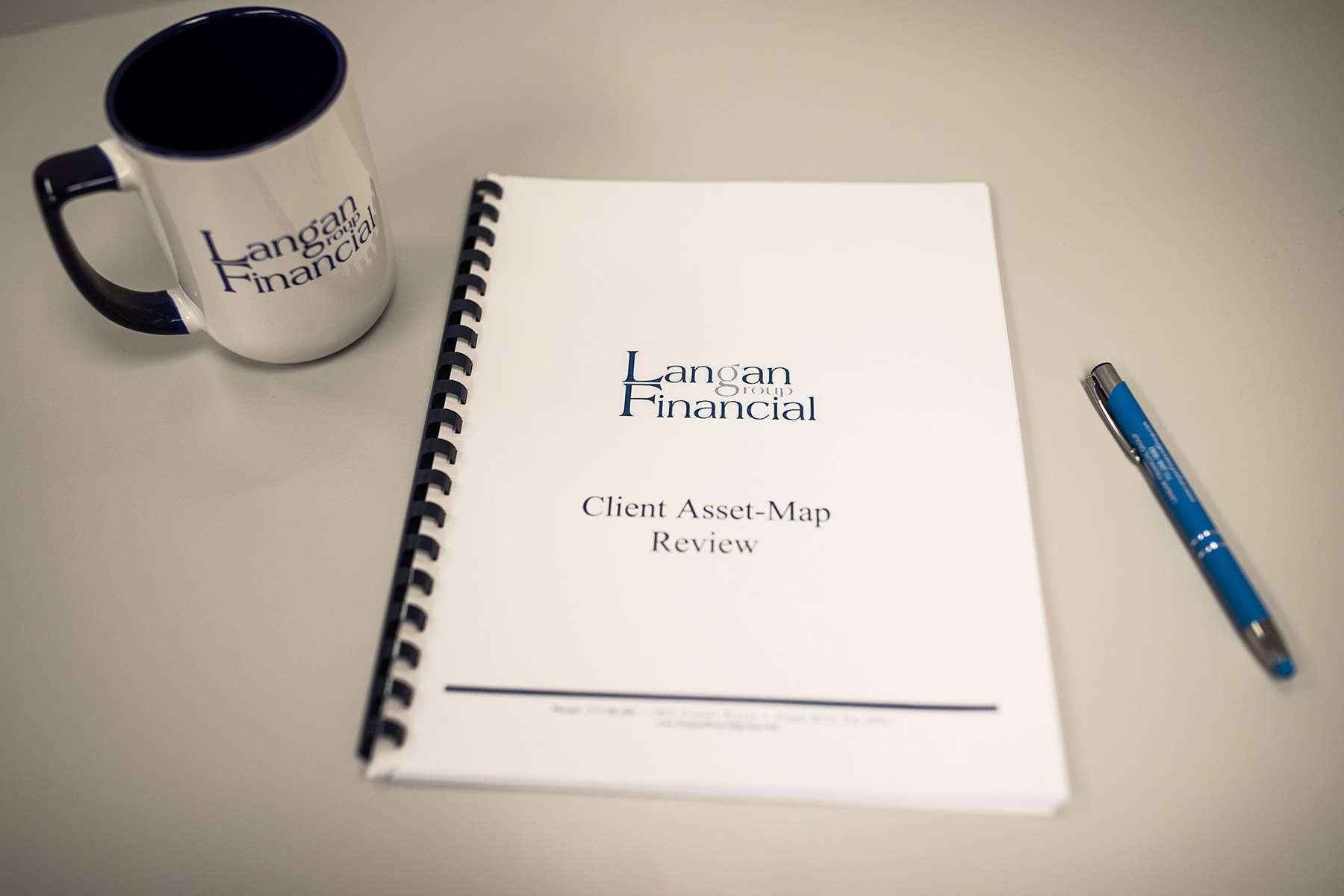
Financial Literacy Quiz
Question 1: What is the primary goal of financial planning?
A. To maximize spending power
B. To create a roadmap for achieving financial goals
C. To avoid paying taxes
D. To increase the number of bank accounts you own
Question 2: What is the purpose of a Roth IRA in retirement planning?
A. To provide tax deductions for contributions
B. To offer tax-free growth and withdrawals in retirement
C. To require mandatory annual withdrawals starting at age 65
D. To allow borrowing against the account balance
Question 3: What does “asset allocation” refer to in investing?
A. Choosing the best-performing stocks
B. Dividing investments among different asset classes like stocks, bonds, and cash
C. Selling underperforming assets regularly
D. Investing only in real estate
Question 4: What is the significance of the “time value of money”?
A. Money loses value over time due to inflation
B. Money today is worth more than the same amount in the future due to its earning potential
C. Money has no value unless invested properly
D. Money gains value only when interest rates are high
Question 5: What is a diversified investment portfolio?
A. A portfolio that focuses solely on stocks from one industry
B. A portfolio that includes a mix of assets to reduce risk and improve returns
C. A portfolio that avoids all risky investments
D. A portfolio with only government bonds
Question 6: What is the purpose of dollar-cost averaging in investing?
A. To invest a lump sum at once for maximum returns
B. To invest fixed amounts regularly regardless of market conditions to reduce risk over time
C. To sell investments at regular intervals to lock in profits
D. To avoid investing during market downturns
Question 7: What does it mean to “rebalance” your investment portfolio?
A. Selling all underperforming assets and buying new ones
B. Adjusting the proportions of different asset classes in your portfolio to maintain your original allocation strategy
C. Investing more heavily in stocks during a market boom
D. Switching entirely to cash investments during economic uncertainty
Question 8: What is one key financial planning tip for long-term success?
A. Always invest in high-risk assets for maximum returns
B. Start saving and investing as early as possible to take advantage of compound interest and long-term growth opportunities
C. Focus exclusively on short-term financial goals before planning for retirement or other milestones
D. Avoid creating an emergency fund if you have investments
Question 9: Why is it important to consider inflation when planning for retirement?
A. Inflation decreases the value of your savings over time, so you need to save more to maintain purchasing power in retirement
B. Inflation increases interest rates, making borrowing easier during retirement
C. Inflation has no impact on long-term savings plans like retirement accounts
D. Inflation benefits retirees by increasing their income automatically
Question 10: What is the difference between “growth investing” and “value investing”?
A. Growth investing focuses on high-dividend stocks, while value investing avoids dividends entirely
B. Growth investing targets companies expected to grow quickly, while value investing focuses on undervalued companies with strong fundamentals
C. Growth investing prioritizes short-term gains, while value investing prioritizes long-term losses
D. Growth investing avoids risk entirely, while value investing embraces risk

Quiz Answers and Explanations
Question 1 Answer: B – To create a roadmap for achieving financial goals
Explanation: Financial planning involves setting goals (e.g., saving for retirement or buying a home) and creating strategies to achieve them through budgeting, investing, and risk management.
Question 2 Answer: B – To offer tax-free growth and withdrawals in retirement
Explanation: A Roth IRA allows contributions with after-tax dollars, providing tax-free growth and withdrawals in retirement, which can be beneficial for long-term planning.
Question 3 Answer: B – Dividing investments among different asset classes like stocks, bonds, and cash
Explanation: Asset allocation helps balance risk and reward by spreading investments across various categories based on your financial goals and risk tolerance.
Question 4 Answer: B – Money today is worth more than the same amount in the future due to its earning potential
Explanation: The time value of money reflects how money can grow through investment or interest over time, making it more valuable today than later.
Question 5 Answer: B – A portfolio that includes a mix of assets to reduce risk and improve returns
Explanation: Diversification reduces risk by spreading investments across different asset types (e.g., stocks, bonds, real estate), ensuring losses in one area don’t overly impact your overall portfolio.
Question 6 Answer: B – To invest fixed amounts regularly regardless of market conditions to reduce risk over time
Explanation: Dollar-cost averaging involves consistent investment contributions over time, helping you avoid timing the market and smoothing out volatility.
Question 7 Answer: B – Adjusting the proportions of different asset classes in your portfolio to maintain your original allocation strategy
Explanation: Rebalancing ensures your portfolio remains aligned with your financial goals and risk tolerance by redistributing assets periodically.
Question 8 Answer: B – Start saving and investing as early as possible to take advantage of compound interest and long-term growth opportunities
Explanation: Starting early allows you to maximize compound interest—the ability for investments to grow exponentially as earnings are reinvested—and gives you more time to reach long-term financial goals.
Question 9 Answer: A – Inflation decreases the value of your savings over time, so you need to save more to maintain purchasing power in retirement
Explanation: Inflation erodes purchasing power over time, meaning retirees need larger savings or investments that outpace inflation to sustain their lifestyle.
Question 10 Answer: B – Growth investing targets companies expected to grow quickly, while value investing focuses on undervalued companies with strong fundamentals
Explanation: Growth investors seek high-potential companies with rapid expansion prospects, while value investors look for bargains—companies undervalued relative to their intrinsic worth.
About the Financial Planning Author

Alexander Langan, J.D, CFBS, serves as the Chief Investment Officer at Langan Financial Group. In this role, he manages investment portfolios, acts as a fiduciary for group retirement plans, and consults with clients regarding their financial goals, risk tolerance, and asset allocation.
With a focus on ERISA Law, Alex graduated cum laude from Widener Commonwealth Law School. He then clerked for the Supreme Court of Pennsylvania and worked in the Legal Office of the Pennsylvania Office of the Budget, where he assisted in directing and advising policy determinations on state and federal tax, administrative law, and contractual issues.
Alex is also passionate about giving back to the community, and has participated in The Foundation of Enhancing Communities’ Emerging Philanthropist Program, volunteers at his church, and serves as a board member of Samara: The Center of Individual & Family Growth. Outside of work and volunteering, Alex enjoys his time with his wife Sarah, and their three children, Rory, Patrick, and Ava.
About Langan Financial Group: Financial Advisors
Langan Financial Group is an award-winning financial planning firm with offices in York, Pennsylvania and Harrisburg, Pa.
With over 100+ 5-star reviews, Langan Financial Group is an independent financial planning firm established in 1985, offering a broad range of financial planning services.
With an open architecture platform, our advisors have access to a diverse range of products, free from any sales quotas.
Our team of 9 financial experts, each with unique specialties, enhances our ability to focus on delivering value to our clients.
Disclosure
The content is developed from sources believed to be providing accurate information. The information in this material is not intended as tax or legal advice.
Please consult legal or tax professionals for specific information regarding your individual situation.
The opinions expressed and material provided are for general information, and should not be considered a solicitation for the purchase or sale of any security.
Securities offered through Cambridge Investment Research, Inc., a Broker/Dealer, Member FINRA/SIPC.
Investment Advisor Representative, Cambridge Investment Research Advisors, Inc. a Registered Investment Advisor. Cambridge and Langan Financial Group, LLC are not affiliated.
Cambridge does not offer tax or legal advice.



